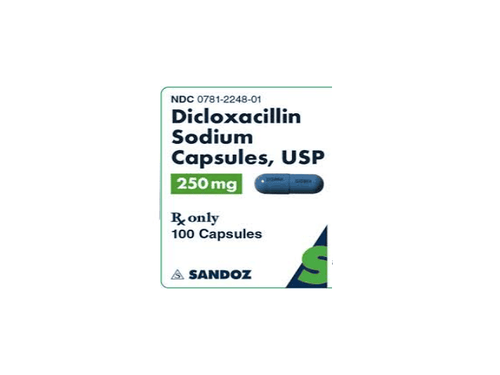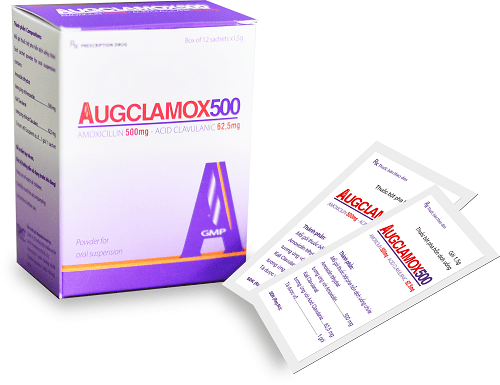This is an automatically translated article.
What is Imexime 100? The drug Imexime 100mg belongs to the 3rd generation cephalosporin antibiotic group with the main ingredient being cefixime. This drug is effectively applied in the treatment of urinary tract infections, pyelonephritis or otitis media, pharyngitis, tonsillitis.
1. Uses of Imexime 100
The drug Imexime has a bactericidal effect on gram-negative bacteria. In addition, Cefixime is highly stable to the degradation of beta-lactamases encoded by genes located on plasmids and chromosomes, achieving bactericidal concentrations in the CSF. However, on gram-positive bacteria, Imexime is less effective than first-generation penicillins and cephalosporins. Imexime 100 mg is usually indicated in the following cases:
Uncomplicated urinary tract infections caused by susceptible bacteria Gonococcal infections Uncomplicated pyelonephritis due to enterobacteriaceae Otitis media Pharyngitis, tonsillitis Acute and chronic bronchitis Mild to moderate community acquired pneumonia Typhoid, dysentery Contraindications to Imexime include: Yes:
Patients with hypersensitivity to cephalosporin antibiotics Infants less than 6 months old
2. Dosage of Imexime 100mg
Imexime is usually used orally with a typical treatment time of 5-10 days. However, depending on the subjects and treatment goals, the dose of Imexime will be different, specifically as follows:
Adults and children > 12 years old: 400mg/day used once or divided into 2 times Treatment Uncomplicated gonococcal disease: 400mg single dose Children 6 months-12 years old: 8 mg/kg/day, given once or in two divided doses Patients with renal failure with creatinine clearance >60 ml/min: no need Dosage adjustment Patients with renal impairment with creatinine clearance 21-60 ml/min: 300 mg/day Patients with renal impairment with creatinine clearance < 20 ml/min: 200 mg/day
3. Side effects of Imexime:
In some patients when using Imexime, side effects may occur such as:
Digestive disturbances, severe diarrhea Headache, dizziness, restlessness, insomnia, fatigue Erythema, urticaria Fever Drugs Pseudomembranous colitis Stevens-Johnson syndrome Erythema multiforme Transient thrombocytopenia, eosinophilia
4. Be careful when using Imexime 100
Some general notes when using Imexime include:
Be careful with patients with a history of penicillin and cephalosporin allergy due to cross hypersensitivity between beta-lactam antibiotics Patients with a history of gastrointestinal disease, Colitis should be used with caution when using Imexime especially when used for a long time because there is a risk of overgrowth of resistant bacteria For elderly patients there is no need to reduce the dose and frequency of administration Use only Imexime to pregnant women when clearly needed because there are no adequate data on the use of the drug in pregnant women Use with caution Imexime in lactating women, breast-feeding may be discontinued during pregnancy. use the drug because it is not certain whether the drug is distributed into milk
5. Some common drug interactions of Imexime 100mg
Probenecid increases peak plasma concentrations, decreases renal clearance and volume of distribution of Imexime When co-administering Imexime with anticoagulants such as warfarin increases prothrombin time, with or with bleeding When carbamazepine is co-administered Increases plasma carbamazepine concentrations Co-administration of nifedipine increases the drug's bioavailability manifested by increased peak concentrations and AUC.
Please dial HOTLINE for more information or register for an appointment HERE. Download MyVinmec app to make appointments faster and to manage your bookings easily.













